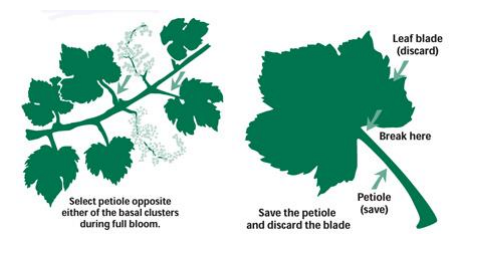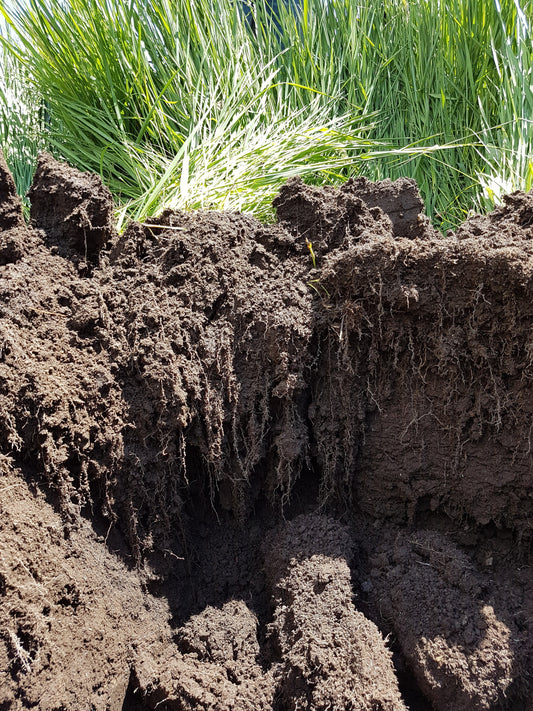In my dad’s dusty implement shed, 2003, I ran my first ever soils class, to a small group of avocado growers. I shared research around the link between root rot fungus phytophthora, phosphorus and mycorrhizal fungi. How stressed trees change their root exudates, reducing carbon flow deeper into the soil system. It was a nerve-wracking experience, and yet somehow I'd stumbled onto something that I love. Communicating science in a way that I hope is accessible to people who can put the theory into action. You would think that over the last 22 years, talking to people around the world, the teaching would get tiring, yet this is not the case. Seeing people light up, connecting the dots with the patterns they are seeing in their own ecosystem, never gets dull.
We always get a range of experience and knowledge in these classes. During the NZ Masterclass last week, we asked who has been focused on soil health for less than a year, (20% ish), 1 to 3 years (25%), 3-14 (45%), and over 14 years (10%). As an educator, this means we cover the basics, while expanding and offering something to the Regen Wise. It also means that in every room there are people who have worked out solutions and pathways for the Regen Curious, which is why we leave plenty of time for discussion and interaction to meet new mates.
If you are still on the fence about joining us in Gympie, there are a few seats left. Here are just a few examples of cutting-edge research that directly impacts farmer bottom lines that will be discussed at the Masterclass.
SILICA, silica, silica...the 2nd most abundant element on earth. However, form matters, with living plant biomass and biological activity silica can form gels with a water content at saturation higher than 700%. Called biogenic amorphous silica (bASi), it increases the paramagnetism in soil, aids in plants’ resistance to drought and suppresses disease. Well managed soil may contain over 6% BASi, while industrial approaches to land management reduce this to lower than 1%.
The role of endophytes, and how we can manage plants in a way that increases beneficial organisms such as trichoderma, mycorrhizae and dark septate endophytes (DSEs). The root-colonizing fungi DSEs are now the darlings of the soil carbon world as they store carbon in their melanized hyphae.
Trichoderma, a fungi long known for its benefits as fungal control in roots, also lives in leaves, interacting with leaf surfaces and trichomes. Marijuana growers can tell you about trichomes (hairlike structures), as this is where the cannabinoids and tannins concentrate. Trichomes defend plants against pests, UV and extreme temperatures. Through enhancing endophytic relationships, root growth and water use and nutrient absorption are all enhanced.
The practices, methods and approaches to achieving these outcomes are simple and cost-effective. How can grazing enhance or reduce these benefits? What impacts can fertilizer have on this microbial workforce?
If you've been on this journey for a while, or you are curious about the benefits offered from a soils first approach, join us in Gympie on the 1st of September!
Nicole Masters | Director | Author: "For the Love of Soil" 




